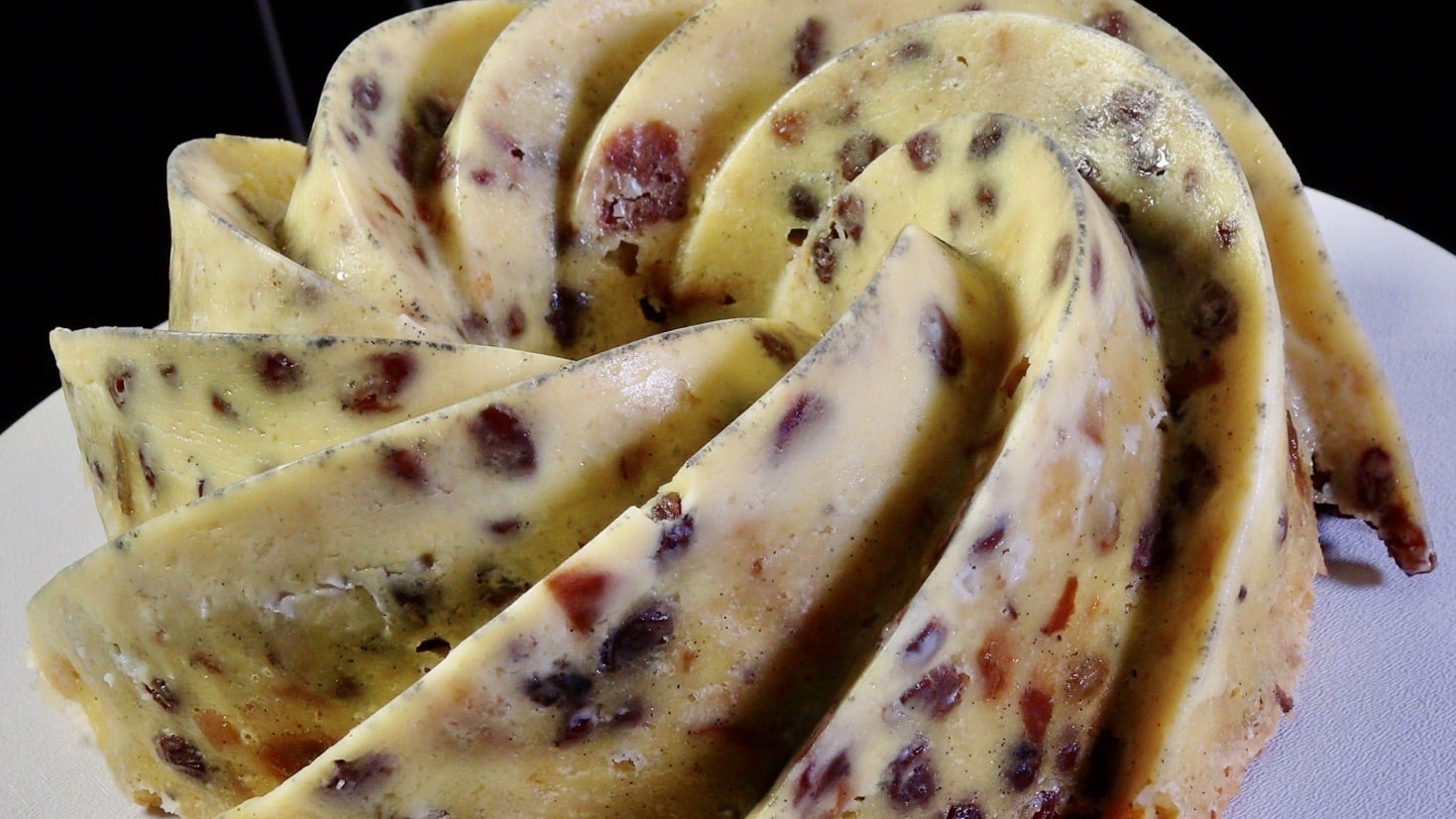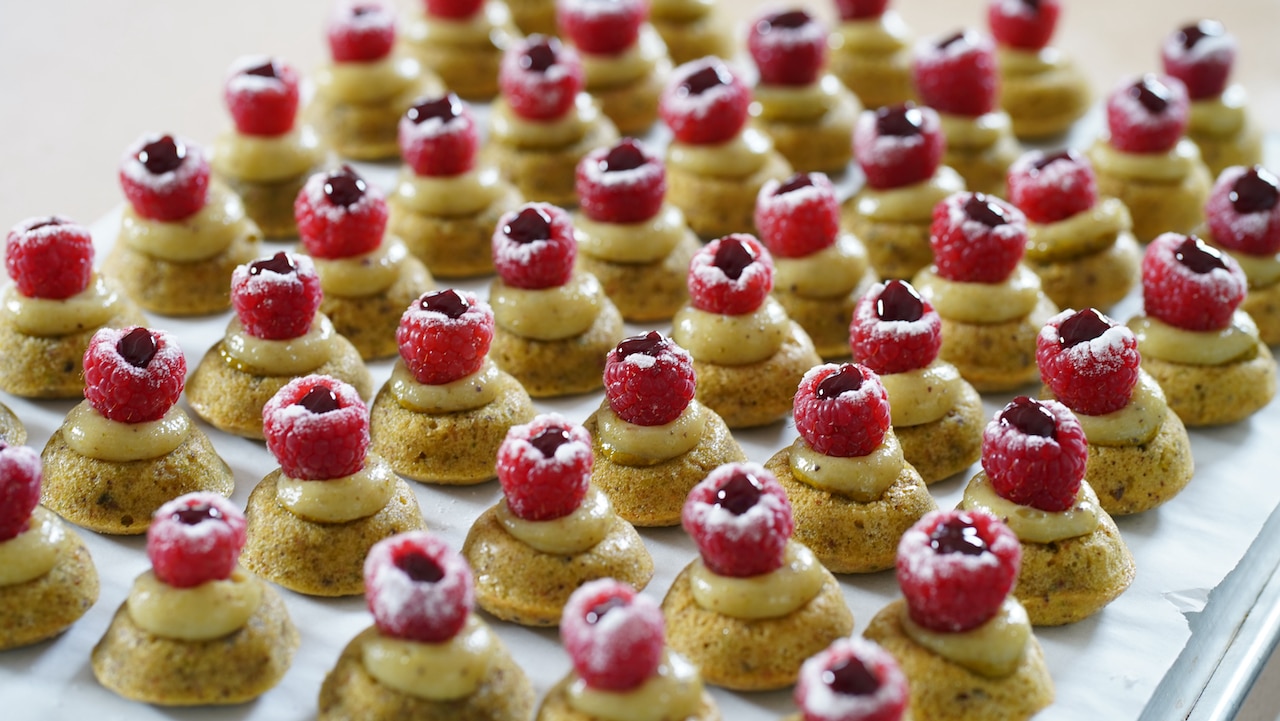How To Make 9 Tournedos Steaks Out of Tenderloin
In this intriguing video, I will guide you through the fascinating process that top chefs use in restaurants to transform a whole beef tenderloin into 9 succulent tournedos steaks. This technique is not only a skillful display of culinary mastery, but also a practical method that you can easily replicate at home to make the most out of your beef purchase. Imagine the satisfaction of expertly slicing through a premium cut of beef and turning it into individual tournedos steaks, each perfectly portioned and ready to be cooked to perfection. The key to this process lies in understanding the anatomy of the beef tenderloin and utilizing precise knife skills to yield uniform steaks that are sure to impress your guests. By mastering this technique, you will not only elevate your cooking skills but also gain a deeper appreciation for the artistry and craftsmanship that goes into preparing fine cuts of meat. With just a few essential ingredients such as a whole beef tenderloin, a sharp knife, and a cutting board, you can embark on a culinary journey that promises delicious results. Join me in this video as I demystify the process of creating tournedos steaks from a whole beef tenderloin, offering valuable tips and insights that will empower you to recreate this culinary feat in your own kitchen. Get ready to unleash your inner chef and elevate your cooking game with this impressive technique.
Ready to discover this recipe? You're only 1 step away.
This recipe is only accessible to registered members!
Create your account to access all cooking recipes of my website (excepting courses and masterclasses of the Academy).
Join us now and enjoy more 700 recipes (All mostly french, but also european, asiatic and american)






